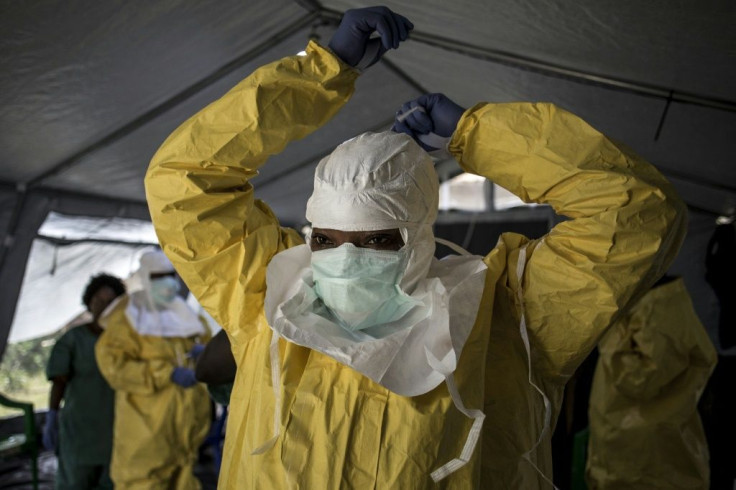Ebola-Like Chapare Virus: Evidence Suggests Human-To-Human Transmission, Experts Report
KEY POINTS
- There were no reported cases of Chapare virus after the first cluster was detected in 2004
- In 2019, at least five more cases of the virus were reported
- The circumstances surrounding the 2019 cases suggests human-to-human transmission
Chapare virus was first detected in Bolivia in the early 2000s. Described as Ebola-like, the virus eventually disappeared. But in a conference this week, researchers reported a more recent cluster of Chapare virus cases that suggest the virus' capability for human-to-human transmission.
Chapare Virus Cases
Chapare Hemorrhagic Fever (CHHF) is a deadly virus that causes symptoms similar to Ebola's, such as fever, vomiting, headache, bleeding gums, pain behind the eyes, rash and stomach pain. It was first detected in Bolivia's Chapare Province, hence its name. That first cluster of cases in 2004 left only one confirmed case. After that, no other cases of CHHF were reported.
At the annual meeting of the American Society of Tropical Medicine and Hygiene (ASTMH) on Monday, however, researchers including experts from the Centers for Disease Control and Prevention (CDC) reported another cluster of CHHF cases in 2019 in La Paz, Bolivia. This time, at least five more people contracted the virus. Among them, three died, the news release from the ASTMH reported.
The cases were initially thought to be cases of dengue since it is quite prevalent in the area. But testing revealed neither traces of the mosquito-borne dengue virus nor of other more common pathogens.
"We isolated the virus, and we were expecting to find a more common disease, but the sequence data pointed to Chapare virus," Maria Morales-Betoulle, PhD of the CDC said in the news release. "We were really surprised because the 2019 outbreak in La Paz occurred long after the first case was identified in 2004."
Human-To-Human Transmission
Typically, arenaviruses are transmitted to humans from infected rodents, the CDC said, but exactly how CHHF is transmitted remains unclear. In the 2019 cases, however, the circumstances suggested that CHHF may also be transmitted via bodily fluids.
For instance, three among the cases were of healthcare workers: a medical resident, an ambulance medic and a gastroenterologist. Unfortunately, two of them died. According to the researchers, there is evidence that the medical resident likely fell ill after suctioning saliva from a patient while the medic got the illness from resuscitating the infected medical resident.
What's more, viral RNA was also detected in the semen of one survivor even 168 days after infection, the news release explained, suggesting the possibility of sexual transmission.
This does not only suggest the possibility of human-to-human transmission but also highlights the possible elevated risks for healthcare workers.
Chapare Virus Mystery
So far, the exact origin of the virus and how it is transmitted to humans remains unclear. Although there has been evidence of viral RNA in rodents close to the home and farmland of the first 2019 patient, it's still not enough to support that rodents were the source of the infections, Caitlin Cossaboom, DVM, PhD, MPH of the CDC said.
What's more, there is also the possibility that the virus has been around Bolivia for years but that it was simply mistaken for the dengue virus.
So far, the small number of cases provides limited information about the virus, including its origins, how it is transmitted to humans, the progression of its symptoms and its incubation period, the CDC said.
Global Efforts
The researchers noted the need for further investigation on the disease, but how the 2019 cluster was handled shows the value of international collaborations when it comes to prompt action against emerging infectious diseases.
"This work demonstrates that international partnerships can aid urgent public health responses and highlights the need to enhance laboratory capacity in Bolivia," ASTMH President Joel Breman, MD, DTPH, FASTMH said. "It's a valuable lesson that international scientific teams, equipped with the latest tools and freely sharing their insights, are our best front-line defense against the disruptive threats of deadly infectious diseases."

© Copyright IBTimes 2025. All rights reserved.






















